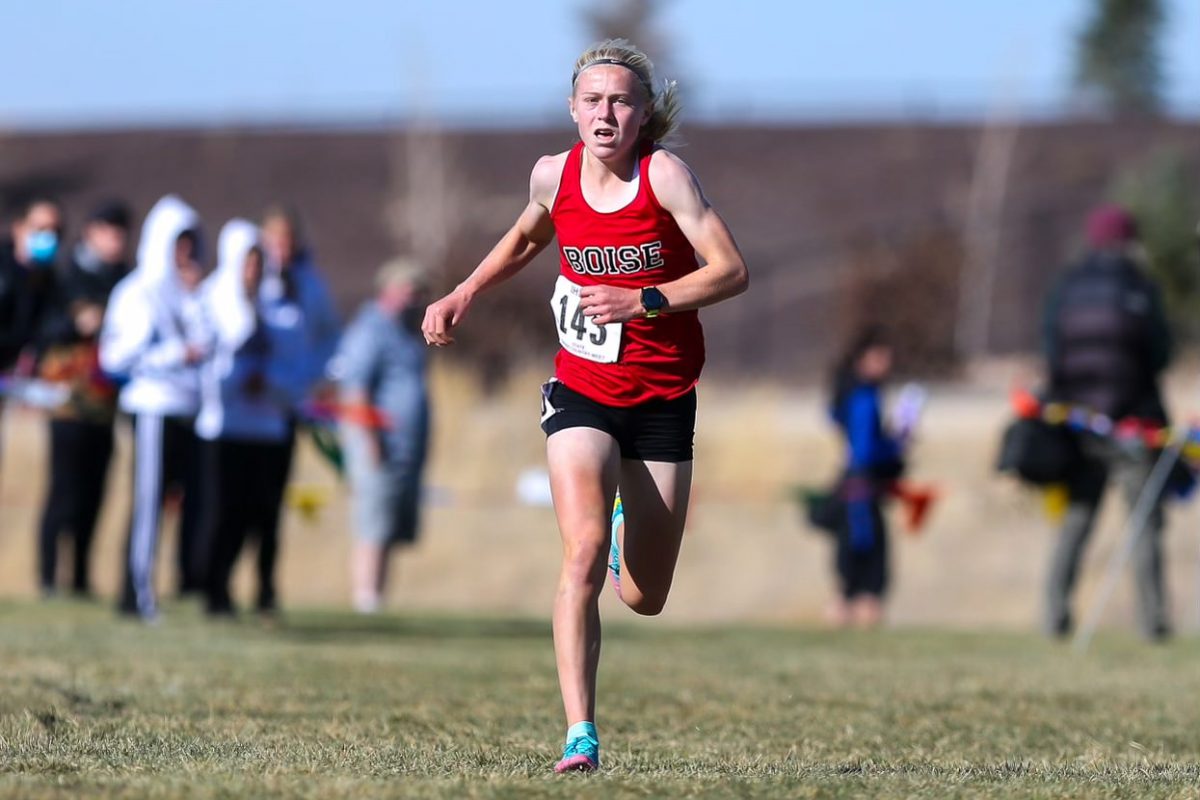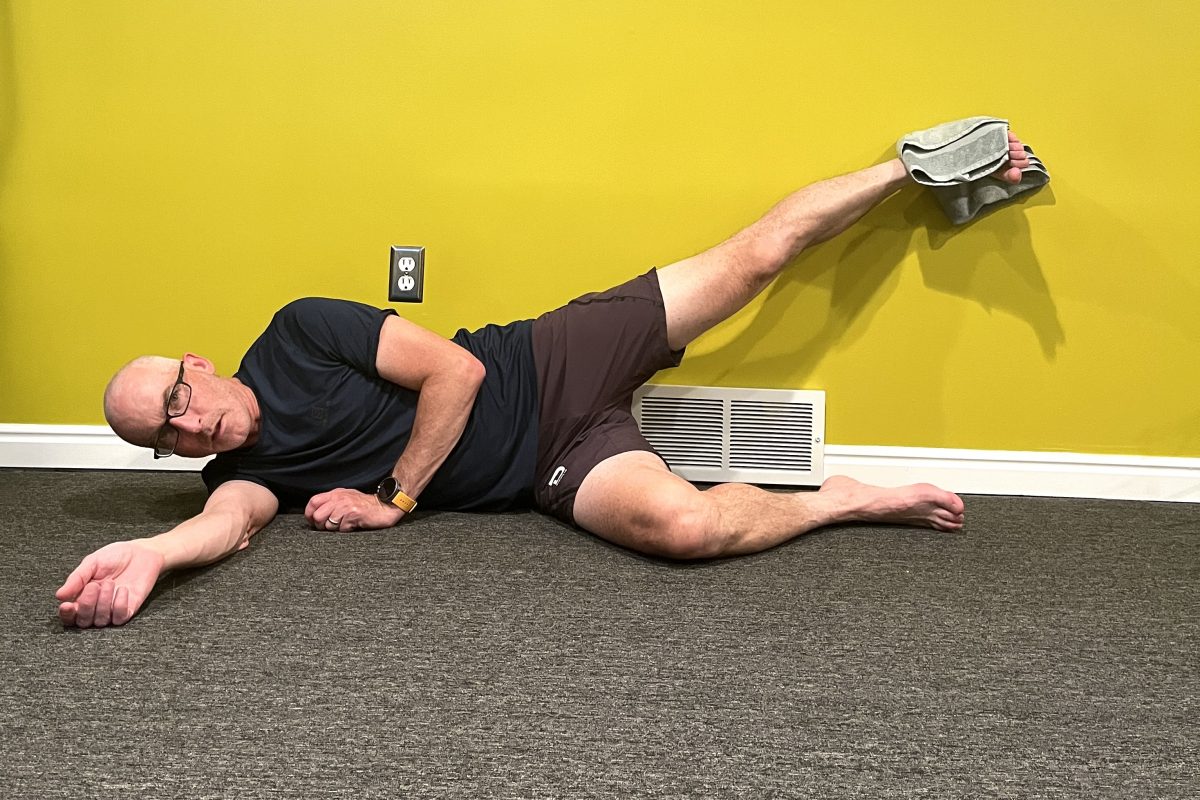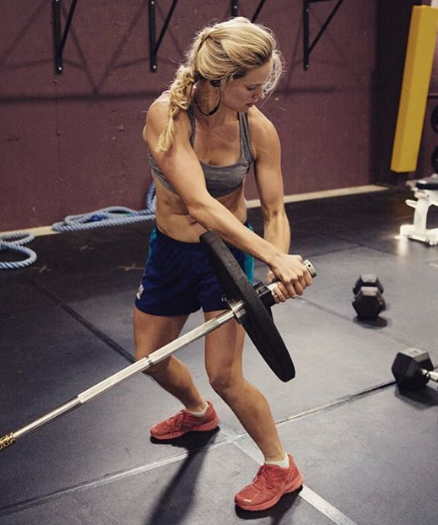These suggestions assume that you’re able to train four time per week, but at the same time attempt to vary (or periodisize) the sessions from week to week. To vary the volume is not very relevant, since the number of total hours is relatively low every week. I also assume that most of you can ski close to home, or have access to ski-trails relatively nearby. In case you do not have snow, the interval training and eventually the short distance session should be done spinning or on foot. Try then go get two ski sessions done during the weekends.
With a four-session training week I suggest the following:
1. A long, (very) easy distance session of 2 – 3 hours
2. A short distance session with a little higher intensity or speed. Easy terrain with lots of double-poling. Put in a few speed or changes in cadence, for example 6 x 10 seconds with long recovery in between.
3. Warm-up and strength (Running or spinning as warn-up)
4. Intervals in form of long intervals (3 – 6 minutes), natural intervals or systematic intervals (1-2-3-4-4-3-2-1 or similar). Long intervals are best and most efficient if trying to improve your aerobic capacity. Shorter (and faster) intervals are best closer to your main marathon competition.
5. Competition. If you’re racing on one of the weekend days, you may perhaps skip the interval session, or use the race as the fifth training session.
Here’s an example of a three-week training plan with four or five sessions:
1. Easy distance 2+ hours
2. Natural interval: 20 min warm-up, 30 minutes natural intervals. Use a variation of terrain, and let the terrain determine the intensity and heart rate. Don’t get lactic, but you should feel that you’re going hard.
3. Run/Spinning and strength
4. Short distance in easy terrain, extra double poling – 1 hour
5. If you race, cut out session number 4 if you feel you’re getting tired.
Example of week with three sessions:
1. Easy distance 3 hours
2. Intervals, hard 2-3-5-3-2 minutes with 2-3 minute recovery in between. Take enough recover such that you are ready to go pretty hard on each burst. Hilly terrain.
3. Short distance (1 hour) in easy terrain, mostly double poling + strength for stomach and back
Example of week with four sessions:
1. Easy distance 2:30+ hours
2. Intervals, controlled 4 x 6 minutes in varied terrain, recovery about 3 minutes in between
3. Short distance including some speed (double-pole) – 1+ hour
4. Running/Spinning and Strength
Always try to ski in a technically correct way. However, during your long distance sessions, remember that you may need to slow down (walk) some of the longest hills to avoid getting your heart rate too high. Up these hills, you may think about reducing the hard kicks and glide phase, but focus instead on keeping the rhythm and weight shift. You focus more on perfect technique during the shorter distance sessions and during the interval sessions. A bit of speed work should be included now and then, but since you’re competing mostly on long distance races, speed is much less important than technique and capacity.
Even for those of us that consider ourselves “average” and train about 4 times per week, it is important to also consider what else is goin gon in our lives. Family and work related stress can actually be quite a physical demand as well. Plan your week the Sunday prior, when you know what your “other” demands will be. But remember, it’s OK to adjust along the way.
A competition every other weekend may also be a good idea, but this is very individual. Racing is the best form of training, especially for learning what speed (pace) you can maintain over a certain time or distance.
Good luck with your training, I’ll follow up in a few weeks.
Editor's note: Steinar Mundal is a former Canadian and Norwegian National Team Head Coach



